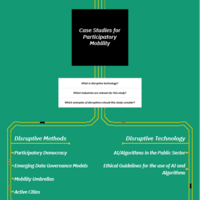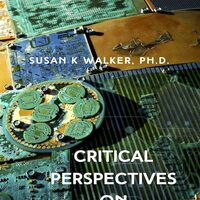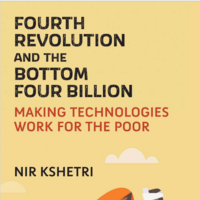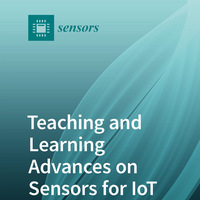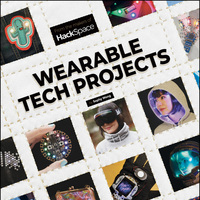Search
Books+
Searching 1,730 books
Search related to the career Surgical Technologist
Advancements in Medical Technology and Surgical Procedures
Introduction
Medical technology plays a crucial role in shaping and improving surgical procedures. With the continuous advancements in technology, surgeons can now perform complex surgeries with greater precision, efficiency, and safety. Here are some key ways in which medical technology impacts surgical procedures:
1. Enhanced Imaging and Diagnostics
Medical technology has revolutionized imaging and diagnostic techniques, enabling surgeons to accurately visualize and diagnose various conditions. Advanced imaging modalities such as computed tomography (CT), magnetic resonance imaging (MRI), and ultrasound provide detailed anatomical information, allowing surgeons to plan surgeries more effectively. These technologies help identify the exact location of abnormalities, tumors, or damaged tissues, enabling surgeons to perform precise interventions.
2. Minimally Invasive Techniques
Medical technology has led to the development of minimally invasive surgical techniques, which offer numerous benefits over traditional open surgeries. Minimally invasive procedures involve smaller incisions, resulting in reduced pain, shorter hospital stays, faster recovery times, and minimal scarring. Technologies such as laparoscopy, robotic-assisted surgery, and endoscopy have made it possible to perform complex surgeries through tiny incisions, improving patient outcomes and quality of life.
3. Surgical Robotics
The introduction of surgical robots has transformed the field of surgery. Robotic-assisted surgery allows surgeons to perform intricate procedures with enhanced precision and control. These robots provide a three-dimensional view of the surgical site and offer instruments with greater dexterity than the human hand. Surgeons can remotely control the robotic arms to perform complex maneuvers, resulting in improved surgical outcomes, reduced complications, and faster recovery times.
4. Advanced Anesthesia and Monitoring
Medical technology has significantly improved anesthesia administration and patient monitoring during surgeries. Anesthesia delivery systems have become more precise, allowing for tailored anesthesia plans based on individual patient needs. Advanced monitoring devices continuously assess vital signs, oxygen levels, and other parameters, providing real-time feedback to anesthesiologists and ensuring patient safety throughout the procedure.
5. Surgical Simulation and Training
Medical technology has facilitated the development of surgical simulators and virtual reality training platforms. Surgeons can now practice procedures in a simulated environment, allowing them to refine their skills and gain experience without risking patient safety. These training tools enhance surgical education, improve surgical technique, and reduce the learning curve for complex procedures.
Conclusion
Medical technology has had a profound impact on surgical procedures, revolutionizing the way surgeries are performed. From enhanced imaging and diagnostics to minimally invasive techniques, surgical robotics, advanced anesthesia, and surgical simulation, technology continues to improve patient outcomes, safety, and overall surgical experience. As technology continues to advance, we can expect further innovations that will shape the future of surgical procedures.
Source: Various AI tools
Technology
Books tagged technology
Healthcare providers
Books tagged healthcare providers
Searched in English.




